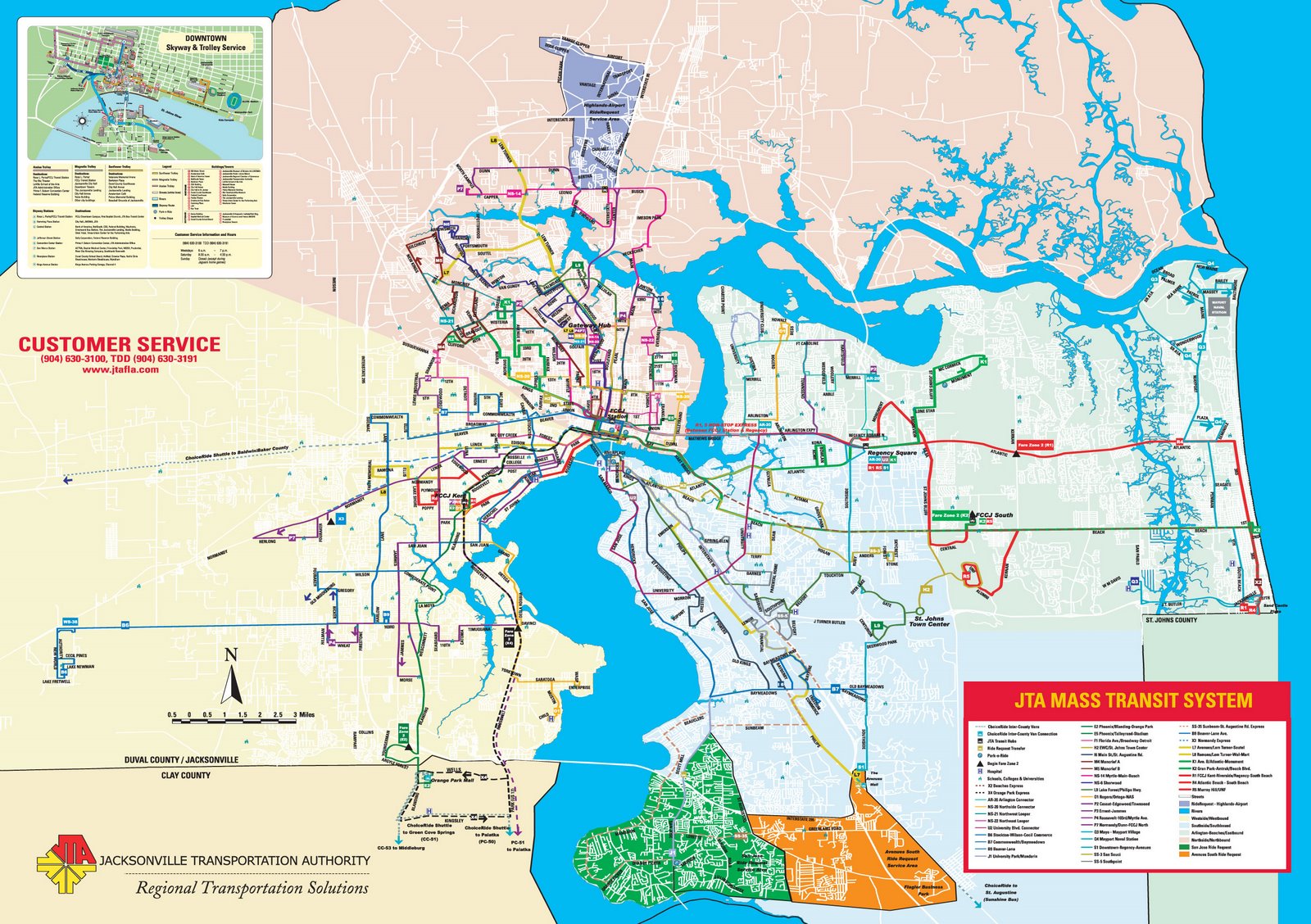

MOL Line Volta, Similar to the Vision, which is due in port
Artists rendering of new JaxPort MOL Terminal, West of Dames Point
MOL arrives early in Jacksonville
With the arrival of the MOL Vision on July 7, 2008, MOL (Mitsui O.S.K. Lines, Ltd.) delivers world class service to Jacksonville’s burgeoning South Atlantic port six months ahead of schedule.
In preparation for the opening of TraPac, Inc.’s new 158-acre terminal at the Jacksonville Port Authority (JAXPORT), the MOL Vision (voyage 008E) will begin calling on Jacksonville’s Blount Island Terminal as part of its East Coast – South China Express service (ESX). In addition to Jacksonville, the ESX will add east and westbound calls at Balboa, Panama.
Linking Central / South China and the US East Coast via the Panama Canal, the ESX service is jointly operated by TNWA Partners and CMA-CGM. As the future base of MOL’s U.S. South Atlantic port activities, TraPac will offer state-of-the-art post-Panamax container handling systems with a yearly capacity of 800,000 TEUs.
Rapidly increasing development in South Georgia and North Florida is quickly making Jacksonville one of North America’s rising stars of international trade. With nearly fifty major distribution centers within miles of JAXPORT, and 17,000 acres of available building and expansion capacity, JAXPORT is fast becoming the premier South Atlantic port for shippers looking to take advantage of its strategic location. In addition to shortening the distance between the U.S. and Panama, JAXPORT is serviced by three major interstate highways and more than 100 truck terminals, allowing shippers to reach more than 60% of the U.S. population within 24 hours.
With the completion of TraPac Jacksonville, MOL will solidify its commitment to enhancing its already robust East Coast global service, while continuing to strengthen its presence in Latin America and the Caribbean.
New ESX Port Rotation
Ningbo -- Shanghai -- Chiwan -- Hong Kong -- Balboa -- Manzanillo, Panama -- Jacksonville -- Savannah -- New York -- Norfolk -- Balboa -- Ningbo
About MOL
MOL operates one of the largest and most diverse networks of liner and logistics services around the globe, including weekly Transpacific, Transatlantic, Americas and Asia-Europe services. MOL (America) Inc. and TraPac, Inc. are wholly-owned subsidiaries of MOL (Mitsui O.S.K. Lines, Ltd.) one of the world’s largest multi-modal shipping companies. Please visit the company’s website at www.MOLpower.com.
Thanks to JAXPORT news
































